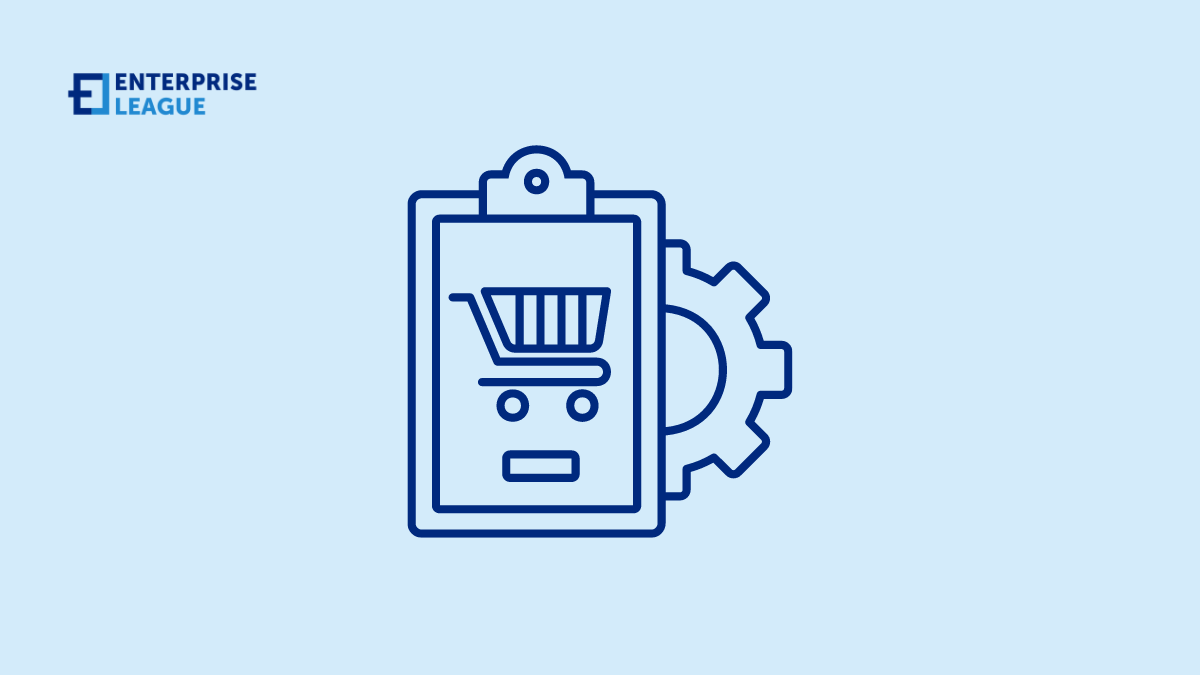When speaking of e-commerce, customers demand faster delivery, more flexibility, and seamless experiences, companies must find ways to optimize their order management processes to keep up. One of the key strategies for streamlining order management is the implementation of integration solutions. By connecting disparate systems and automating data flow, businesses can eliminate manual tasks, reduce errors, and gain real-time visibility into the entire order lifecycle.
Working with a Celigo partner for example can further enhance this integration process, ensuring a smooth implementation tailored to the company’s specific needs. This allows for quicker decision-making, improved customer satisfaction, and ultimately, enhanced operational efficiency.
Understanding automated order processing
Automated order processing refers to the use of technology to handle and streamline the entire order lifecycle for businesses. This includes everything from receiving orders, verifying stock levels, processing payments, and generating invoices to updating inventory, arranging shipping, and providing customer updates. And the automation’s primary goals are to minimize manual intervention, reduce errors, and enhance efficiency, enabling businesses to handle orders quickly and accurately.
To make automated order processing possible, companies usually integrate their e-commerce platform with their ERP (i.e. NetSuite + Shopify). But doing so efficiently requires a stable and powerful connector – middleware. That’s where Celigo comes into play as one of the best connector options on the market.
Key features of celigo for order management
Besides its main purpose, Celigo also offers capabilities of automated order routing, reporting, customizable workflows, and error handling. Now let’s break down how exactly these features can have a positive effect on your business:
Seamless integration with multiple systems
Celigo can connect a variety of business systems, including e-commerce platforms like Shopify, Magento, and WooCommerce, as well as ERPs such as NetSuite, SAP, and Microsoft Dynamics. By unifying these systems, Celigo ensures that information such as order details, inventory levels, and customer data is consistently accurate and up-to-date. For example, whenever an order is made, Celigo can automatically update your ERP system, trigger fulfillment processes, and adjust inventory levels in realtime.
Automated order routing
Celigo can be configured to automatically route orders to the appropriate warehouse or fulfillment center based on predefined rules, such as location, product type, or stock availability. If a customer orders a product that is available in multiple warehouses, the system can automatically route the order to the warehouse closest to the customer, optimizing delivery speed and minimizing shipping expenses.
Advanced reporting and analytics
Celigo offers advanced reporting and analytics tools that can generate detailed reports on various metrics – order fulfillment times, inventory turnover rates, sales performance and many others. This is great for finding areas for improvement, if the analytics reveal that certain products have high return rates, you can investigate and address potential issues, such as product quality or listing accuracy.
Customizable workflows
With Celigo integration, you can configure and automate your workflows for order verification, payment processing, shipping, customer notifications and many other processes. This ensures that the automation perfectly fits into your business model – for example, you might set up a workflow that automatically verifies stock levels, processes payments, and generates shipping labels as soon as an order is received.
Error handling and alerts
Last but not least, Celigo includes robust error handling and alerting mechanisms to ensure that any issues in the order management process are promptly addressed. If an error occurs, such as a failed integration or a data mismatch, Celigo can automatically generate alerts and notifications, allowing businesses to quickly resolve the issue before it impacts customers.
Why implement Celigo for seamless integration
Celigo integration solutions bring a multitude of benefits to e-commerce businesses, including streamlined operations, cost savings, enhanced scalability and improved customer experience:
Smooth operations
By automating the flow of information between different systems, Celigo eliminates the need for manual data entry and reduces the chances of human error. This ensures that all departments, from sales to accounting to fulfillment, have access to the same accurate and up-to-date information.
Cost savings
Consequently, through reducing manual interventions, you can save on labor costs associated with data entry and order processing. Additionally, the improved accuracy and efficiency reduce costs related to errors, such as returns, re-shipping, and inventory discrepancies.
Great scalability
As your business grows and the volume of orders increases, Celigo can easily scale to accommodate the higher demand without requiring significant changes to your existing systems. This scalability also extends to integrating additional systems and platforms as your business needs evolve.
Improved customer experience
With real-time data sync, customers receive timely updates on their orders, including confirmations, shipping notifications, and delivery status, which vastly improves their shopping experience. They can receive immediate order confirmations and tracking information as soon as their order is processed.
Tips for successful Celigo implementation
Lastly, let’s take a look at some practical tips that will help your Celigo integration success:
Define clear objectives
Start by identifying the specific challenges you aim to address with Celigo integration and clearly outline the desired KPIs. For instance, if reducing order processing time is a goal, set a specific target, such as cutting processing time by 50%.
Involve key stakeholders early
Engage key stakeholders from various departments early in the process – this includes representatives from IT, sales, operations, finance, and any other teams that will be impacted by the integration. Their input is invaluable for understanding existing workflows, identifying potential roadblocks, and ensuring that the solution meets the needs of all users.
Ensure data quality
Ensure that the data in your existing systems is accurate, complete, and formatted correctly before migration. For example, see that all customer addresses are complete and follow a consistent format to avoid issues during order processing.
Test extensively before going live
Conduct thorough testing of all workflows and use real-world scenarios to ensure that the system performs as expected under various conditions. You can simulate peak order volumes to test the system’s scalability and performance and address the arising issues before the system is fully active.
Provide comprehensive training
Provide comprehensive training for all users to ensure they are comfortable with the new system and understand how to use it effectively. Tailor the training to different user groups, such as order processing staff, inventory managers, and customer service representatives – and use a mix of training methods, including hands-on sessions, webinars, and detailed user guides.
Choose the right integration partners
If you choose to implement Celigo through a Celigo partner, ensure that they have a deep understanding of your industry, and are technically proficient. Look for partners with a proven track record of successful implementations and positive client testimonials.
Conclusion
Remember that an effective use of Celigo requires thorough preparation, and a well-structured process – something that not all teams can handle on their own. That’s why, should you experience any problems before, during, or after the Celigo integration process, don’t hesitate to reach out to a team of professionals like Hairball – we will get the job done.
More must-read stories from Enterprise League:
- How successful local businesses can give back to the community.
- Get entertained and educated with some of the best business movies.
- Foretelling: transform your business by predicting future trends.
- Unique and profitable drone business ideas you should be aware of.
Related Articles
Workplace Violence or Drug Accusations: Protecting Yourself Legally
Accusations of workplace violence or drug-related misconduct can derail a career, even when the claims are unfounded. A single allegation can lead to suspension, internal investigations, damaged professional relationships, and in serious cases, criminal charges....
Workers’ Compensation Costs for Factory and Warehouse Forklift Accidents
Forklifts play a central role in day-to-day operations across factories and warehouses, but they also create a significant risk of injury. When a forklift overturns, strikes a pedestrian, or drops a load, the financial impact reaches far beyond the immediate medical...
Delayed Construction Injury Reports: Impact on Workers’ Comp
Construction work carries unavoidable risks, which is why workers' compensation exists to protect employees after an injury. But one factor can alter the entire outcome of a claim: delayed reporting. In the construction industry, where injuries often occur in...
Workplace Violence or Drug Accusations: Protecting Yourself Legally
Accusations of workplace violence or drug-related misconduct can derail a career, even when the claims are unfounded. A single allegation can lead to suspension, internal investigations, damaged professional relationships, and in serious cases, criminal charges....
Workers’ Compensation Costs for Factory and Warehouse Forklift Accidents
Forklifts play a central role in day-to-day operations across factories and warehouses, but they also create a significant risk of injury. When a forklift overturns, strikes a pedestrian, or drops a load, the financial impact reaches far beyond the immediate medical...






